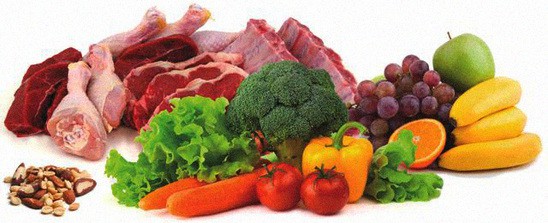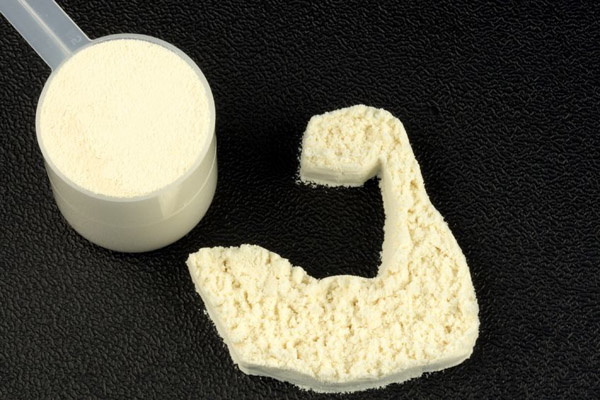Once the calendar turns to November, we often find ourselves facing the big three of Western/American holidays: Thanksgiving, Christmas, and New Years Eve. While for most of us these holidays can mean joy, celebration, and the company of loved ones, it often has a catastrophic impact on any progress we’ve made toward a particular weight loss or exercise goal, leaving us in despair and looking forward to January 1 as the day where we can be “born again” in the image of zombie Jesus himself, albeit as a well-behaved and honest gym goer who eats all of their vegetables.
To know how to defeat the holidays (provided Thanksgiving hasn’t broken our spirits already) before they defeat us, we first need to know how the culinary temptations of the season approach us. Imagine for me, if you will, a typical family Christmas gathering, replete with all sorts of indulgent side dishes and desserts:
”Twas the night before Christmas, and all through the house
The family was gathered to feast and to grouse
Mom in her apron and I in my bib, she did the serving while I ate some ribs
The main dish was turkey but I wanted pork, so this was my appetizer with no need for a fork
The dishes were laid cross the table with care and no doubt that the platters would soon all be bare
Each place setting held a mountain of food with beer and wine at the ready to liven the mood
After hours of chewing, swallowing and guffawing, the family was splayed in their chairs close to yawning
Mom left pies as she took the stairs out of sight: “I did the cooking, so you clean! Now good night!”
Thanks for getting through that, it was fun for me! So what are the strategies we can employ in order to tackle the holiday eating without going overboard? It’s pretty simple, really. Here are a few tips to ensure your holiday gathering doesn’t get the best of you:
- Prioritize lean meats and veggies (and not veggie casseroles) over cheesy, starchy dishes.
- It’s very easy to overload your plate with all kinds of delicious foods (including five kinds of potatoes, casseroles, and others). My advice is to prioritize the ham or the turkey that are high in lean protein in addition to basic vegetables that are full of healthy vitamins and minerals and give yourself smaller portions of mashed potatoes and casseroles that are highly caloric and can send you crashing and make you bloated.
- Pick your poison: Is the holiday about guzzling wine or having an enjoyable meal with the family or your friends?
- It’s easy to fall in the trap of a family wine or beer binge when the beverages are flowing and there’s cause for celebration. Simply put, alcohol is the quickest way to ingest a ton of calories that do nothing but make you fatter. If your goal happens to not get fatter, limit yourself to a drink or two. You can still enjoy friends and family and the celebrations of the holiday season, especially if you can remember it.
- There’s always the one indulgent dish you wait all year for, so in keeping your goals in mind, go for a single, smaller slice of Nani’s pumpkin pie instead of half of it!
- This is where I fall prey to the holidays. Though I don’t really have much of a sweet tooth, there are always some delicious casseroles and pies this time of year that aren’t really available any other time. Instead of loading plate after plate with these items until they’re coming out of your ears, allow yourself to indulge in a small portion of one or two of the items and take your time enjoying them.
With that, you can count on not dashing (or dancing, prancing, or vixening) any of your fitness goals and put yourself ahead of the game come New Years Day.
As always, thanks for reading and head over to http://www.tanktoptraining.net for workout and nutrition programs, online coaching, nutrition consultation and more!





















